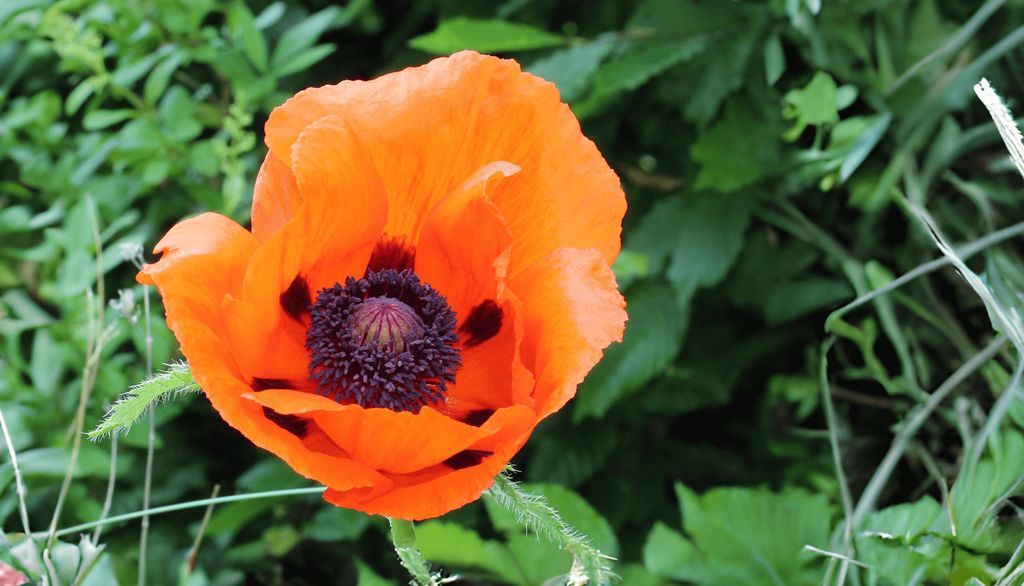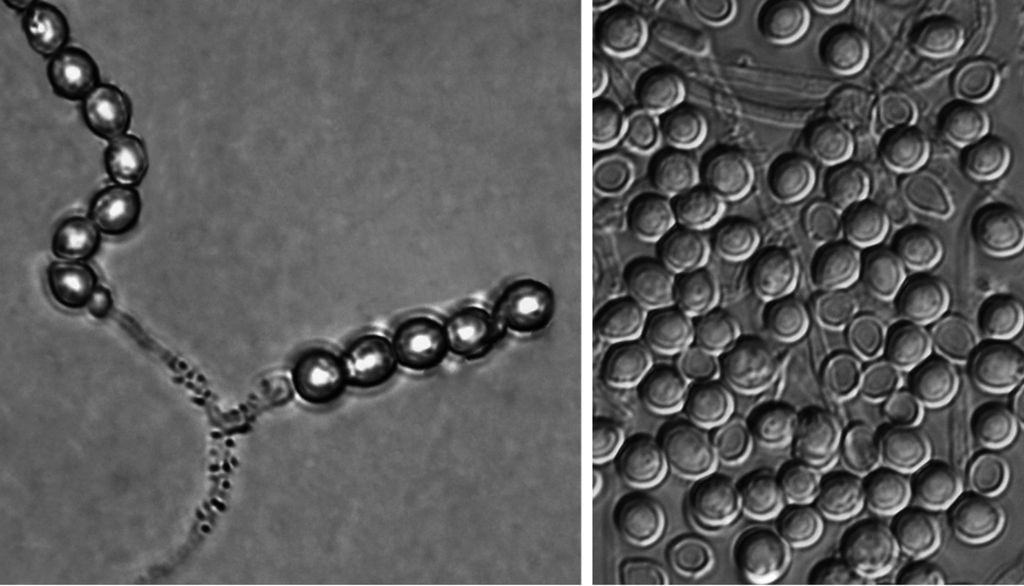Follow us on Google News (click on ☆)

Poppies include around fifty species that produce alkaloids used in medicine, such as morphine, codeine, papaverine, and thebaine. The fungus discovered by the research team is believed to be part of the microbiota of the bracteate poppy.
Smartbyte
"More and more research shows that plants contain fungi or bacteria, called endophytes, with which they live in symbiosis. These endophytes are, in a way, the microbiota of plants," explains one of the study's authors, Roger Levesque, a professor at the Faculty of Medicine and researcher at the Institute for Integrative Systems Biology (IBIS) at Laval University.
For a long time, scientists believed that fungi living in plants were latent pathogenic organisms. In the last quarter century, studies have shown that endophytes and their hosts maintain mutually beneficial relationships.
"The host plant protects the fungus and provides it with essential elements for its survival. In turn, the fungus produces molecules that promote plant growth, increase its resilience to stress, or contribute to its defense against pathogens or insects," summarizes Professor Levesque.
Three members of IBIS joined forces with Iranian researchers to study the endophytes of four poppy species that grow naturally in Iran. It is worth noting that the poppy family includes species that produce alkaloids such as morphine, codeine, papaverine, and thebaine, which are used in medicine.
Their work led to the isolation of six strains of fungi that produce morphine and other opioids like codeine. This is the first study to report the production of such molecules by endophytes.

The fungus Pithoascus kurdistanesis photographed under a microscope at two stages of its life cycle.
One of these fungi, isolated from the bracteate poppy, is a new species named Pithoascus kurdistanesis. The bracteate poppy produces thebaine but does not produce morphine or codeine.
"Endophytes have co-evolved with their hosts for hundreds of millions of years, which explains why they are not eliminated," explains Professor Levesque. "Natural selection may have favored endophytes that synthesize molecules similar to those that promote the growth and survival of their host. It is also possible that this similarity results from gene exchange between an endophyte and its host."
To determine whether it was possible to cultivate P. kurdistanesis in vitro, the research team placed this fungus in a medium containing potato carbohydrates in solution. "The results were conclusive," reports Roger Levesque. "We obtained 23 mg of morphine and 3 mg of codeine per gram of fungus produced. This is a yield that can be described as very good," he estimates.
The research team then sequenced the complete genome of P. kurdistanesis. "We identified the fungus genes responsible for morphine production. The next step is to integrate these genes into bacteria that can be easily cultivated in bioreactors. We will then have a complete and efficient system that could be used for the production of morphine for medical purposes."
The lead author of the study published in Scientific Reports, a journal of the Nature Research group, is research professional Sima Mohammadi, a member of Roger Levesque's team. The other signatories are Roger Levesque, Antony Vincent, a professor at the Faculty of Agricultural and Food Sciences at Laval University, and their Iranian colleagues Bahman Bahramnejad, Jafar Abdollahzadeh, Samaneh Bashiri, Mohammad Majdi, and Jalal Soltani.